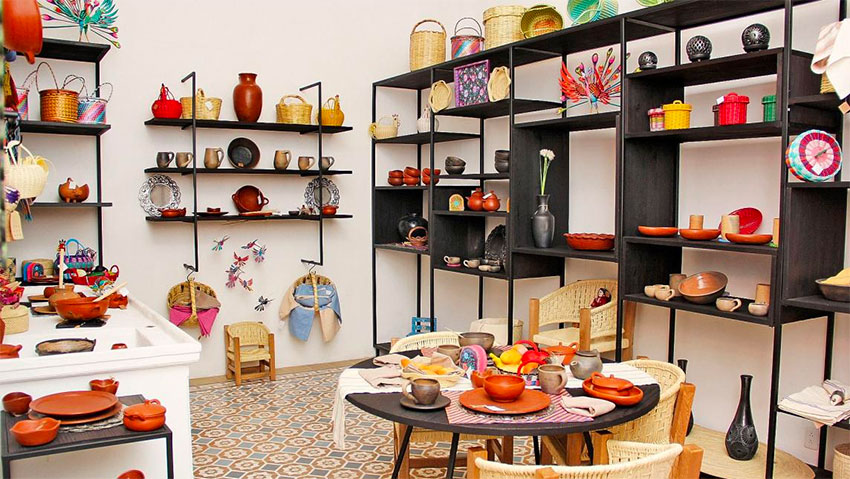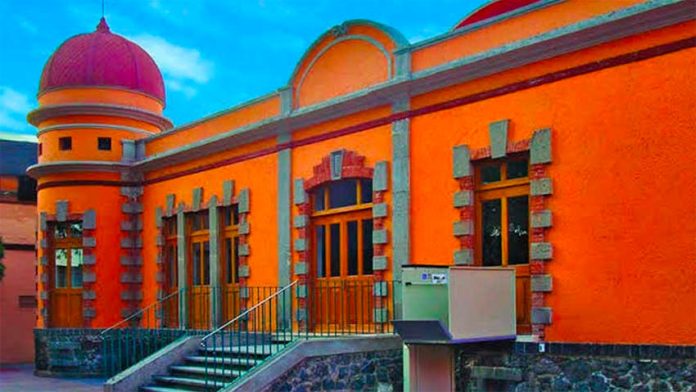March 19 marks the “Day of the Artisan” (Día de Artesano) in Mexico — a date chosen because it is the feast day of Saint Joseph, the human father of Jesus and a carpenter by trade.
Handicrafts were not always valued in Mexico. Before the Mexican Revolution they were considered a sign of a backward society, unable to join the modern, industrialized world. The post-Revolution government, seeking to establish its legitimacy and a new sense of what it meant to be “Mexican,” began to take imagery from Mexico’s rural and indigenous populations, and this included handicrafts.
Modern documentation of Mexican handicrafts began in the 1920s and was led by Mexico’s avant-garde artists, most notably Dr. Atl. The tourism industry provided the next boost: it began slowly around the same time period, but took off in the 1950s with the advent of affordable recreational travel. Handicrafts soon became a way to take a piece of “authentic Mexico” home, leading to new generations of collectors, especially in the United States. Today, the vast majority of handicrafts are made for the tourist and collectors markets.
According to the National Institute of Statistics and Geography (Inegi), there are at least 12 million craftspeople in the country, meaning that 10% of the population make something with their hands, full or part time. Their direct economic contribution is estimated at 91 billion pesos (US $4.15 billion), along with an indirect contribution of 62 billion related to the tourism industry.
For many families, especially in rural areas, this work is the main or only form of economic support. But it is not easy; most live and work in poverty. One reason is that the local and Mexican markets for their products are limited, and many Mexican buyers negotiate prices down, not only because it is the culture with informal vendors but because most associate handicrafts with “cheap.”

Few artisans have managed to gain significant direct access to foreign buyers because of distance from tourist areas, an inability to take advantage of online resources and/or hurdles associated with export.
Most cultural institutions connected to handicrafts have something in the works for the Day of the Artisan, often extending into the nearest weekend and sometimes for the entire month of March. The most common of these events are sales by the artisans themselves at the institutions, rather than by resellers.
(Because of current coronavirus concerns, it’s a good idea to check with local museums and casas de cultura to make sure there have not been any cancellations.)
Some highlights:
- The Museo Nacional de las Culturas Populares in Coyoacán, Mexico City, each year invites artisans to set up tables and sell products directly to the public. It also includes items that might not usually be termed “handicrafts,” such as hygiene and prepared food products (like chocolate).
- Andares, located in the historic center of Oaxaca city, is holding an event from March 19-21 with sales by artisans, workshops related to different crafts and, of course, local food.
- For the whole month of March, the municipality of Tlaquepaque, Jalisco, has an exhibition of textiles at the Centro Integral de Atención al Turista in the city center.
- The federal School of Handcrafts (Escuela de Artesanías), in Mexico City, focuses this year on papier-maché crafts (cartonería), with an exhibition and three-day conference based on the recently published bilingual book: Mexican Cartonería: Paper, Paste and Fiesta (Schiffer).
- The Centro Cultural Ciudadela Del Arte in the city of Zacatecas will have mask-making workshops for those 15 and older from March 17-20.
Mexico News Daily
